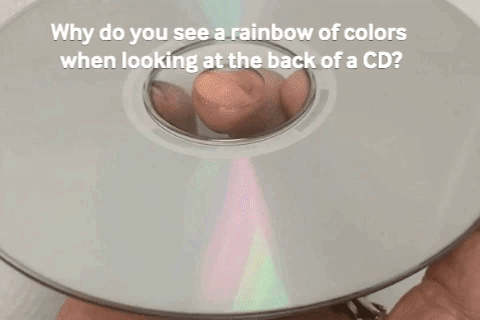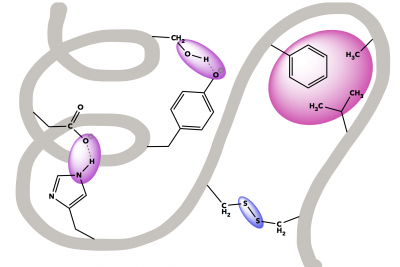The Color of Sunsets
Background
Remember that the visible white light we see actually composed of different wavelengths. Therefore, when white light hits/interacts with objects, what happens to the light is complex/complicated with some of the wavelengths reflected while others are absorbed or transmitted.
Light scattering explains why we see changes in color when the sun rises or sets. Molecules in our atmosphere (nitrogen and oxygen) change the direction of light and this is called scattering. Sunlight that reaches our atmosphere is composed of all the colors of the rainbow (ROYGBV). The different wavelengths of light are scattered differently by particles in the air. Smaller wavelengths scatter more than longer wavelengths.
Make some observations
1. What are the different colors in sunlight? How can you break apart sunlight into the different colors?
2. What are the colors you’ve seen in sunsets and sunrises?
3. Looking at the visible spectrum of light, do the colors in sunsets and sunrises have short or long wavelengths?
Since particles in the air scatter smaller wavelengths more, blue scatters more than red or orange, which is why the sky appears blue. If you look close to the horizon, the sky becomes lighter blue or white because the blue light is being entirely scattered away.
In the figure, what time of the day does the light from the sun have to travel through more of the atmosphere to reach our eyes?
At what time will more light scatter?
Which color of light do you think is more transmitted and what color is more scattered at sunsets (at 6 pm in the figure)? What is happening to the blue light?
Based on your observations, propose an experiment
How can you demonstrate for yourself that some sunlight is scattered in the atmosphere?
- Mathematical approach: If all the sunlight directed at the earth makes it to the surface, how would that compare to the light we actually have measured? If we used solar panels to capture that, how much electricity would we generate?
- Experimental approach: Use a light meter or light-sensitive object (e.g. color changing beads, sunlight exposing paper, etc.) to compare the amount of light at different times of the day. Measure over several days to take into account changes in weather, smog, or other factors. Measure over several times in the year to take into account the seasons and earth’s orbit.
- Engineering approach: Build a solar-powered machine, building, etc. Carefully consider where you would put the solar panels to most efficiently collect the light.














